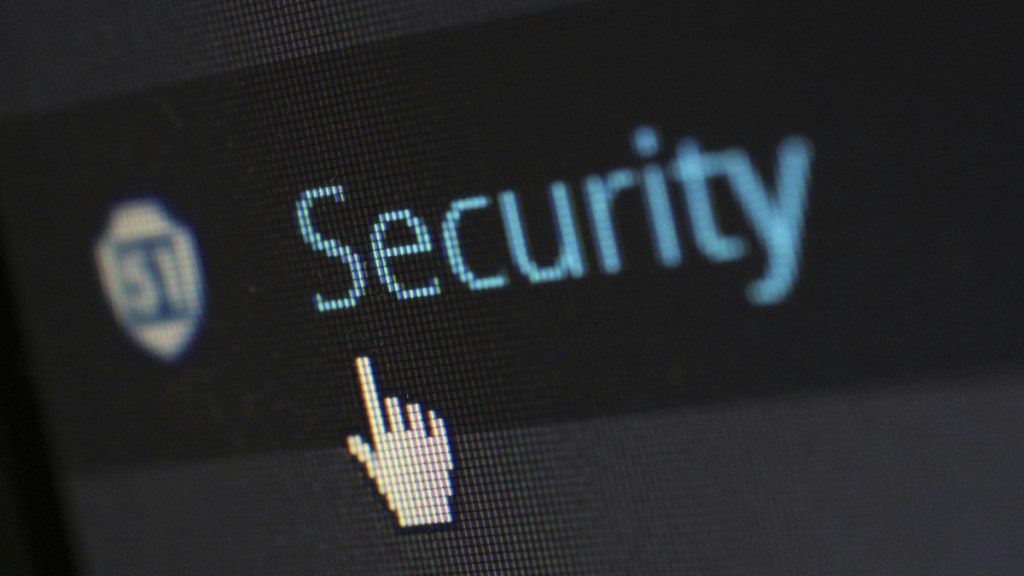In today’s fast-changing digital world, businesses everywhere are quickly updating how they work, thanks to cloud computing, AI, and global connectivity. But this rapid shift has also brought new cybersecurity risks. Experts believe that these modern threats move faster than old security systems can handle, leaving many companies exposed. Now, protecting digital systems isn’t something you do after a problem—it needs to be a smart, ongoing part of how a company operates.
For years, companies relied on basic security systems like firewalls to keep hackers out.
But as businesses moved to hybrid models—using both online and on-site systems—those older tools became weak links. Many companies (over 60%) still use outdated systems that don’t work well with modern protections. This makes them easy targets for attacks like ransomware, phishing, and supply chain hacks, which have grown rapidly in recent years.
Remote work has made things even trickier. Employees now access sensitive company data from personal devices and unsecured networks. This makes it harder to keep information safe. On top of that, many businesses work with third-party providers, and if those providers have weak security, it can affect the entire company.
To stay safe, smart companies are shifting from reacting to attacks to preventing them. They’re using AI to spot risks early, building “Zero Trust” security systems that never automatically trust users or devices, and constantly testing their security. In a Zero Trust system, every login and access request must be verified—every time.
AI and machine learning are also helping security teams detect strange behavior quickly. These tools can analyze huge amounts of data to catch threats before they cause damage. But cybercriminals are using AI too, so companies need to keep improving their defenses.
One of the most important changes in modern cybersecurity is bringing together IT and business leadership. Cybersecurity isn’t just the job of the IT department anymore—it’s a top priority for company leaders. The best companies train all employees and build security into every part of their operations. This matters especially because many attacks rely on tricking people, not just breaking systems.
Namrata Barpanda is one of a leader in cybersecurity who’s spent over 10 years helping big companies protect themselves during digital transformation. She combines deep technical knowledge with a big-picture view of security strategy. She’s led major programs that turned security from a burden into a business strength.
The path forward is clear: companies must build smart, flexible security systems. That means using the latest technology, replacing outdated tools, and building a culture where everyone takes security seriously









